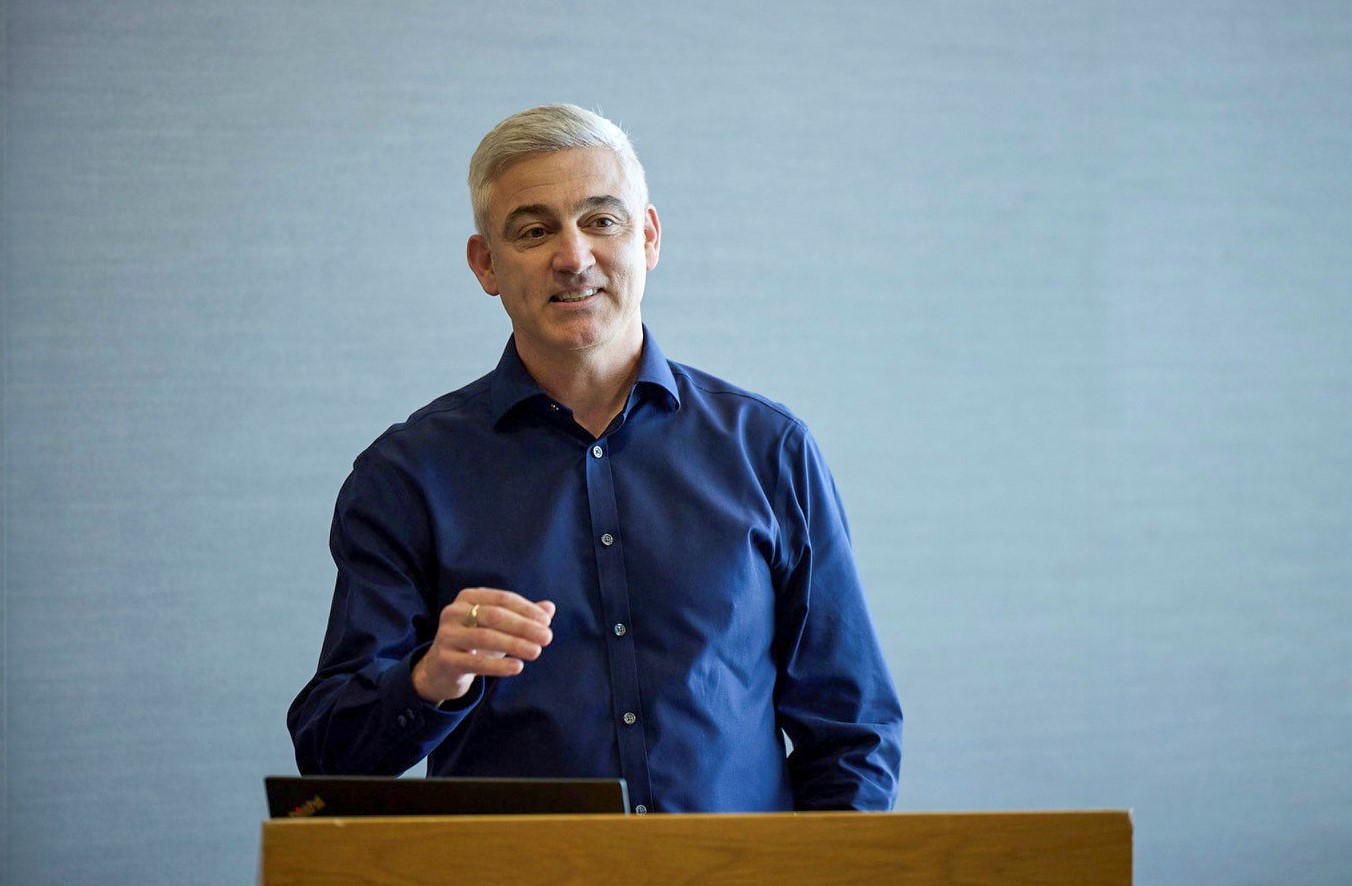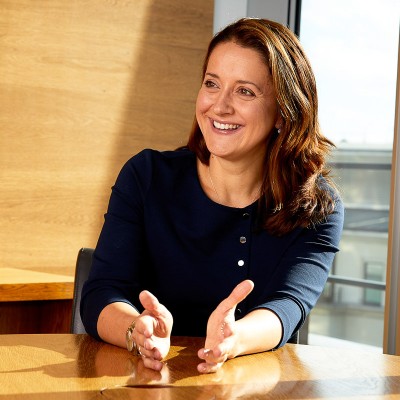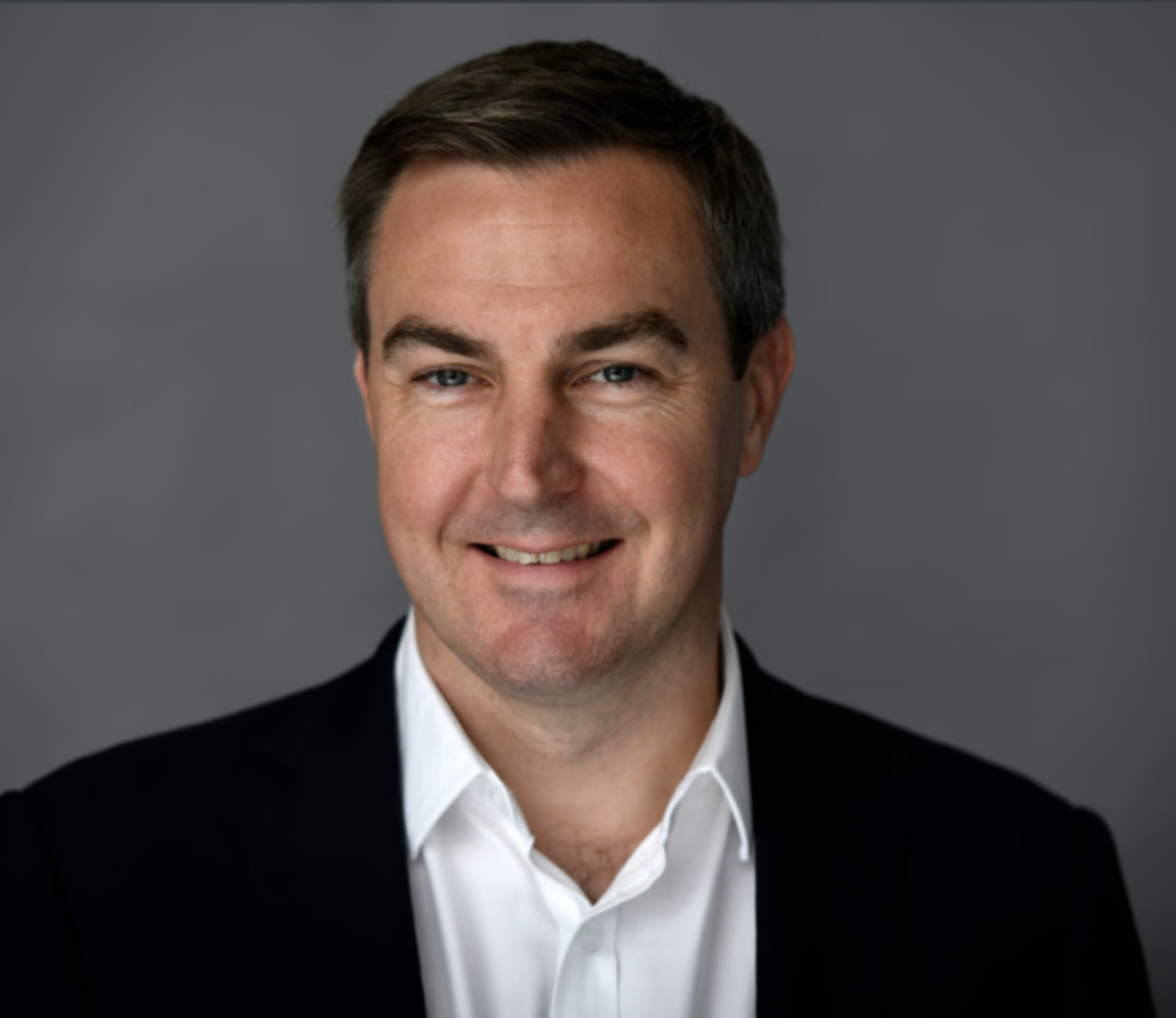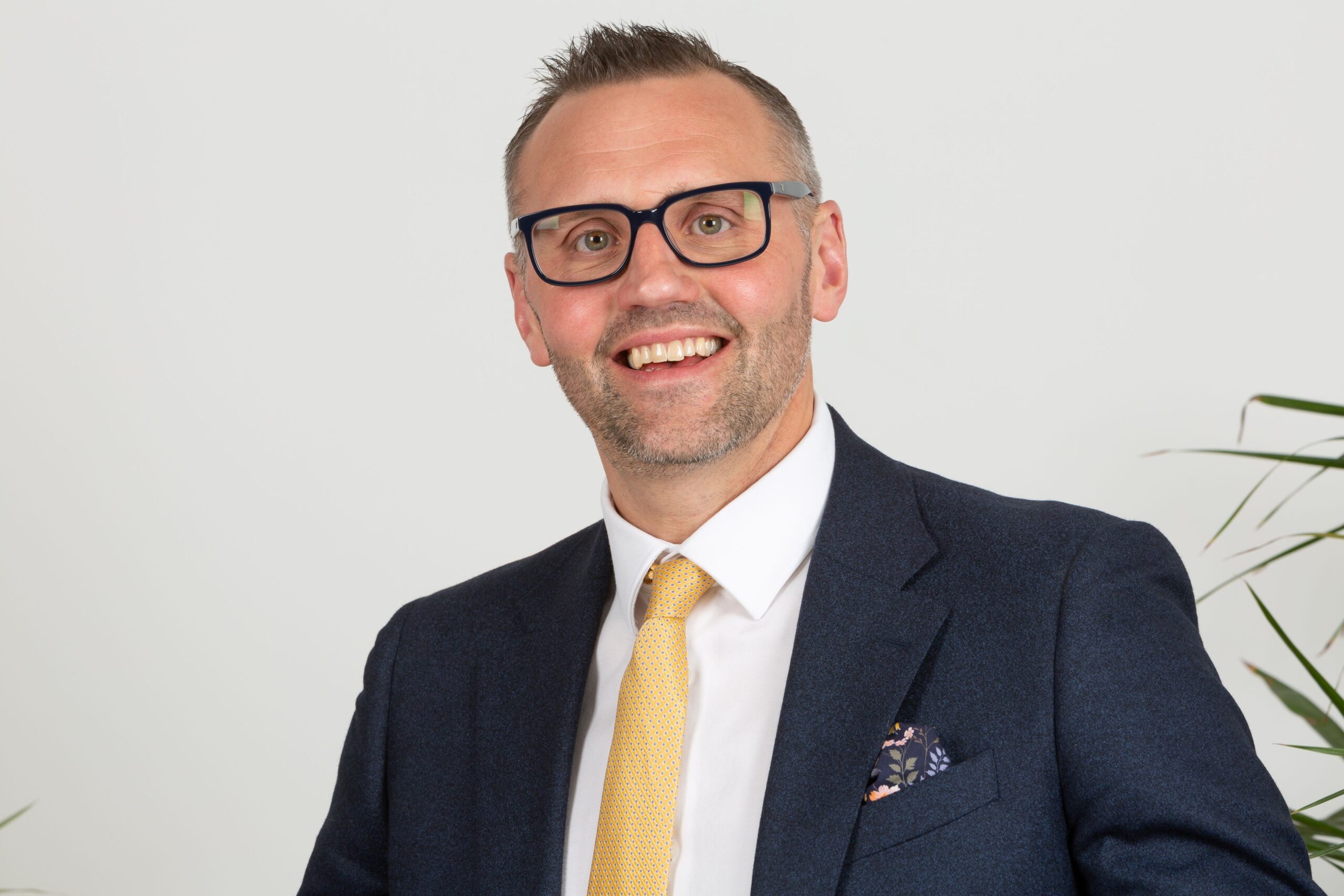Protection & Pensions
At first glance, pensions and protection might seem like distant cousins in the world of financial services. Related, sure, but rarely in the same room – let alone the same conversation.
But after taking part in a recent panel discussion at the Retirement Review 2025, I’ve come away thinking they’re more alike than we often give credit for.
The event itself launched a powerful new report that lays bare the current state of the UK pensions landscape. Around the table were experts from all corners of the industry, each bringing deep experience and perspective. My own role, with a ‘foot’ in each of the protection, pensions, savings, and investment camps, gives me the chance to draw some cross-sector comparisons. It also hurts my feet.
The Pension Pulse: Insights from the frontline
It was a day full of rich discussion and some sobering truths. The standout message from the research? Consumers are, quite simply, under-saving, underprepared, and often completely confused about retirement. And with the ever-growing complexity of pension products and policy, who can blame them?
This sector has endured wave after wave of change – much of it driven by regulation. While well-intentioned, this constant evolution can be disruptive and exhausting for providers, advisers and consumers alike. In fact, one of the more interesting reflections from the day was how many of the talking points felt familiar. These aren’t new problems, we just haven’t cracked them yet.
The Surprising Similarities:
Which brings me to protection. Rarely do we group pensions and protection together in one conversation. They sit at different points on the customer journey, attract different types of advisers, and come with very different consumer perceptions. But dig a little deeper, and the parallels are hard to ignore.
Engagement, or the lack thereof, is perhaps the biggest. In protection, we’ve long wrestled with the challenge of getting people to care about life insurance, income protection and the like until it’s too late. Advisers know it’s a tough sell, often low on a client’s list of priorities. The result? A market that struggles for momentum.
Pensions may enjoy a more ‘aspirational’ framing, retirement is something we look forward to – but engagement levels aren’t much better. Too many people are still drifting toward retirement without a clear plan or the tools to build financial resilience. It’s not a lack of importance, it’s a lack of connection.
Then there’s complexity. Pensions are notoriously difficult to navigate, layered in regulation, fragmented across providers, and misunderstood by most consumers. Protection has complexity issues of its own. Product design, underwriting, application journeys. Both are markets where products built by experts for experts often alienate the very people they’re meant to help.
The Tech Opportunity & Trap
There is one area that holds promise for both markets: technology.
Done well, technology has the power to simplify complexity, engage distracted consumers, and free up time for valuable advice. It can connect fragmented data, digitise clunky processes, and help bring clarity where there is currently confusion.
But the reality? Both pensions and protection are struggling to realise this potential. Legacy systems, patchy investment in innovation, and the constant game of catch-up with regulation are holding us back. Many of the core systems still in use today were designed years, sometimes decades, ago. And you simply can’t build the future on failing foundations.
If we want to deliver meaningful digital experiences, unlock the power of data, and genuinely modernise our propositions, we need to start by rebuilding those foundations. Without that, even the most exciting use of generative AI or consumer-facing tech is just papering over the cracks.
A Shared Mission
What struck me most after the debate was just how aligned the challenges are across these two sectors, and how much scope there is to learn from each other. Protection and pensions may serve different life stages and needs, but their futures are increasingly intertwined. And if we’re serious about meeting the needs of today’s savers, retirees and families, we can’t afford to tackle these challenges in silos.
Whether we’re talking about safeguarding income or building it for later life, both sectors share a common mission: helping people build a more secure financial future.
That mission deserves the best of our thinking, the best of our technology, and the kind of collaboration that sees past traditional boundaries.
Because one thing’s for sure: trying to solve tomorrow’s problems with yesterday’s tools is like streaming Netflix through a VHS player.
We need to do better.

























